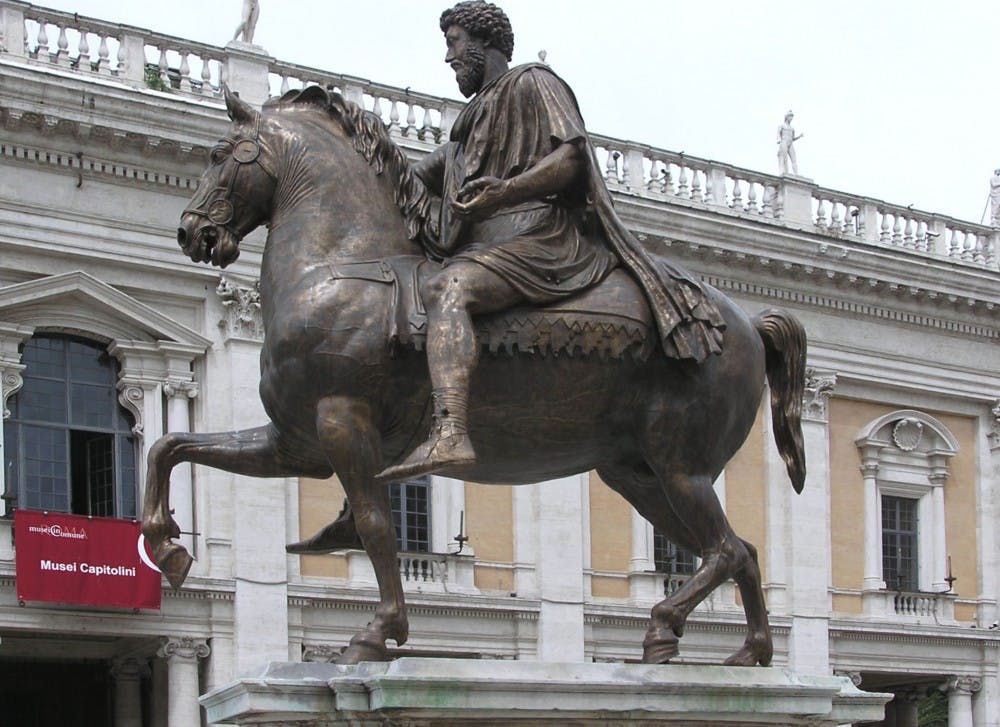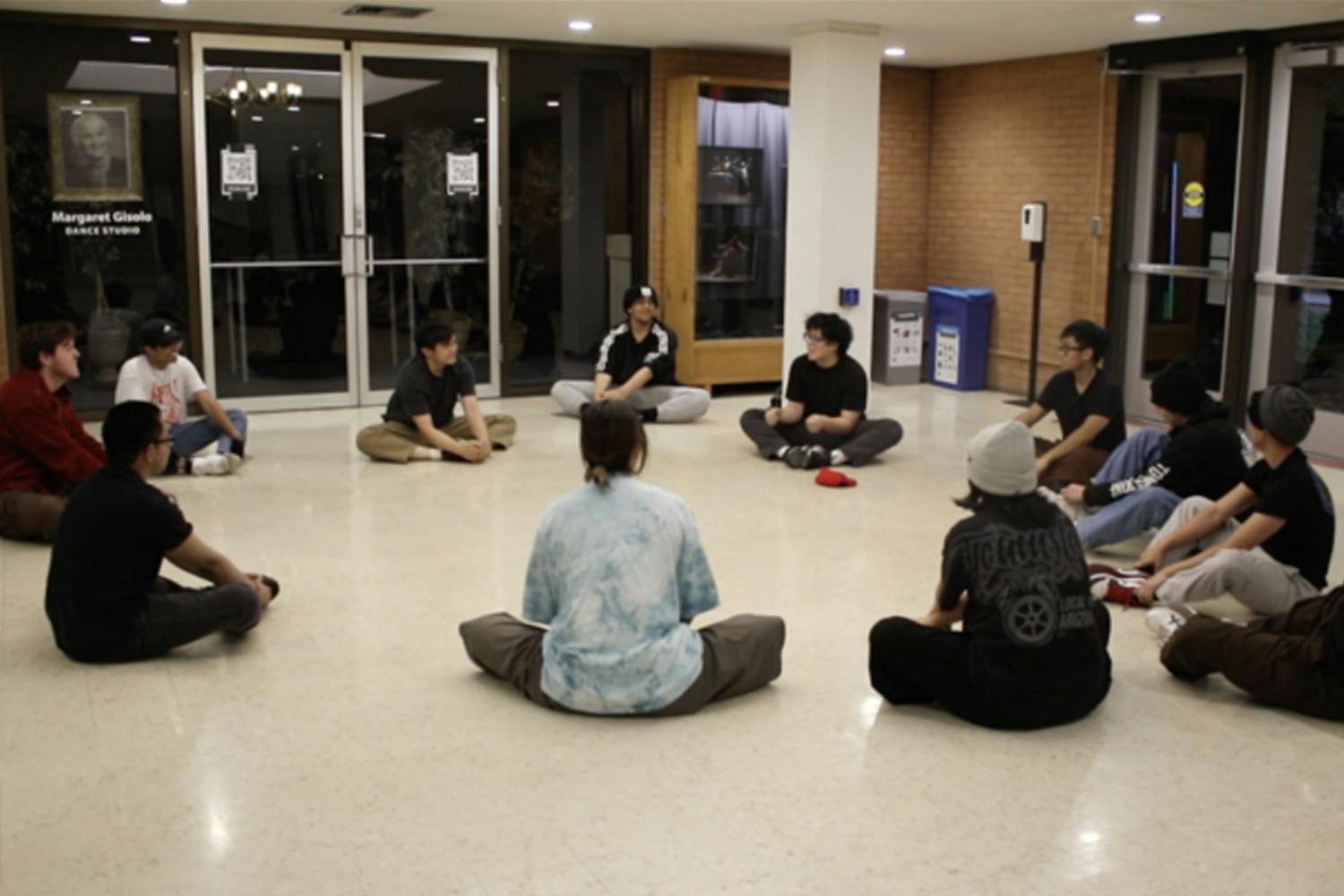It’s absolutely true. At the height of its success, the Roman Empire stretched from England to Egypt and from Spain to southern Russia. The Romans were adept at adopting aspects of different cultures and incorporating it into their culture and society, as well as their art. They were especially addicted to the Ancient Greeks. So much of Roman artwork was heavily influenced by the Greeks – Emperor Nero, alone, imported over 500 bronze statues from Delphi. Even artists would create replicas of the original Greek statues. But, eventually the Romans began forming their own style. Their style still incorporated elements of the Ancient Greeks but instead of focusing their art on being intellectual and idealized, like the Greeks, it focused on being secular, functional, organized and efficient. This focus can be thought of as their philosophy.
The Roman Empire is usually divided into three phases: the Republic (500-27 B.C.E), the Early Empire (27 B.C.E – 98 C.E.) and the High Empire (90 C.E.-192 C.E.). In today’s blog post, I’ll be discussing two pieces of art. Each highlights a different art form.
Roman architecture played a huge role in the foundation of architecture and engineering. The Romans developed and perfected the arch, the vault and the dome. They also used concrete as an art medium. The best example of Roman architecture is undeniably the Pantheon. The Pantheon was built in Rome, Italy in 126 C.E. It was commissioned by Marcus Agrippa as a temple to all the gods of ancient Rome. The structure itself is circular with a Greek-like (columns, triangle pediment) entrance. On top sits a domed roof with an oculus that allows sunlight into the building. This dome, 142 feet in diameter, is not reinforced and made completely of concrete. It is coffered underneath to alleviate some of the pressure from the weight of the concrete.
Roman sculptures, unlike their Greek counterparts, were used mainly as a civic tool. They were used as propaganda and as a part of politics. The Romans would model their statues largely after the Greeks, but they served a completely different purpose. However, as time progressed, Romans began to step away from the idealized statues of the Greeks and embraced more naturalistic representations of the human form. They liked to encapsulate the actual individual in the sculpture. However, the idealism still remained and continued its tradition when it came to creating godlike busts of emperors, politicians and military leaders. An interesting sculpture is the one of Marcus Aurelius. This equestrian statue is located in Campidoglio, Rome, Italy. It is made of bronze and is 4.2 feet tall. This sculpture was a way to present the Emperor as a gentle, reflective yet super-human ruler. The overarching theme of this sculpture is that of power. This depiction of Aurelius depicts as a victorious yet merciful emperor because of the raised hand and hoof of the horse. It is believed that there used to be a figure below the hoof of the horse begging for mercy. The raised hand suggests that Aurelius is giving clemency to the fallen enemy. This particular equestrian statue is unlike others. Aurelius isn’t shown galloping into battle. He is shown bringing mercy and peace. He isn’t shown wearing any sort of battle armor or carrying any sort of weaponry.
Like many of other ancient people, the ancient Romans left a profound affect on the foundation of art. Without them, the insane cathedrals of the Gothic era would not be possible. We wouldn’t have the recipe for concrete. And most of all, we wouldn’t have Caesar salad.
Feel free to contact the blogger at mmtran@asu.edu









